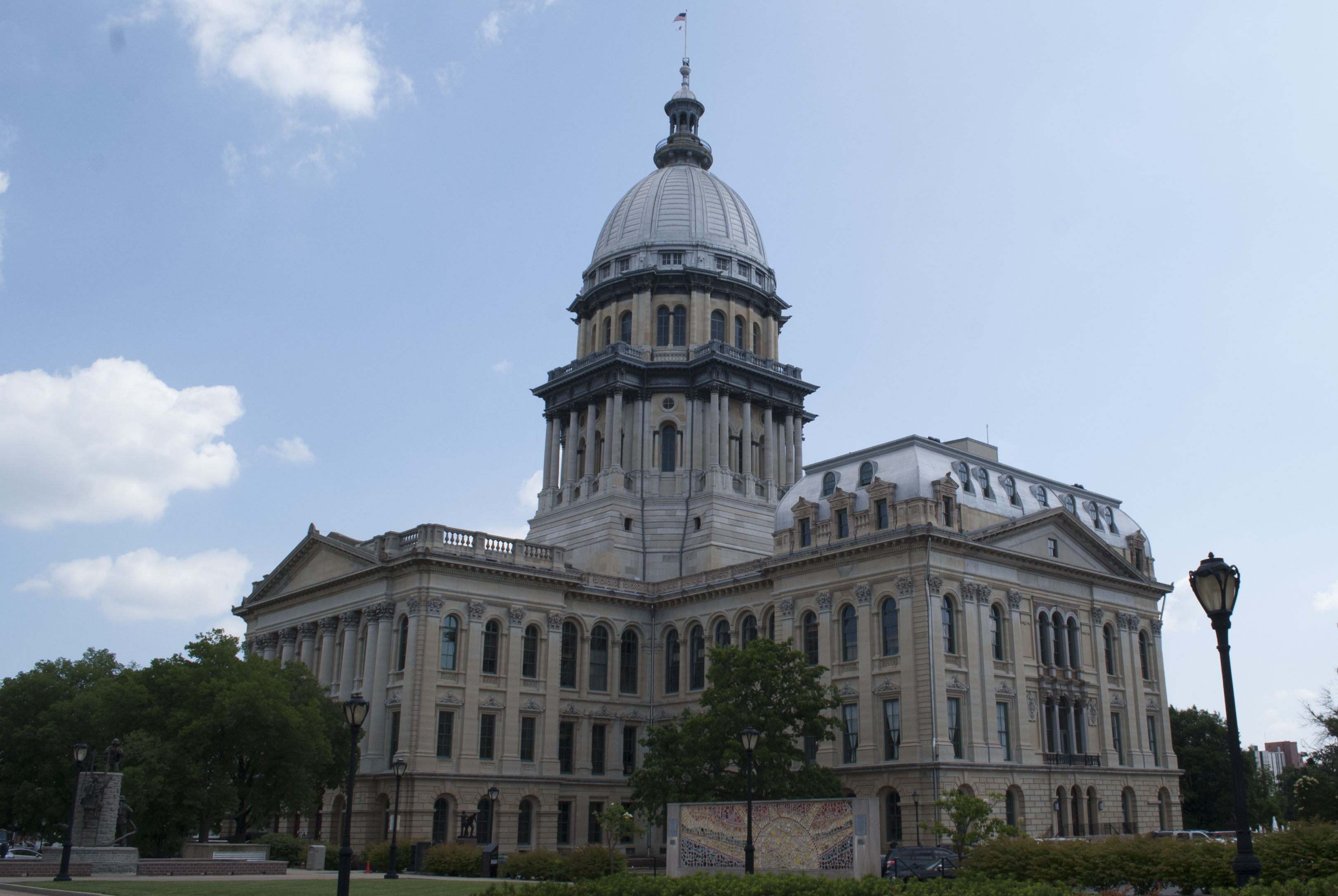SPRINGFIELD, IL - In early July the General Assembly approved a new law that significantly changed the Illinois Pension Code by creating a voluntary “Tier 3” benefit structure. The law also alters the way the state funds TRS.
The pension code changes are designed to be cost-saving measures for state government and were enacted as part of a $36.1 billion state government budget for fiscal year 2018.
None of the Pension Code changes affect active Tier 1 members or retired members in any way. There are no changes to Tier 1 benefits, active member contributions or health insurance coverage.
The new law gives current Tier 2 members and future Tier 2 members the option of joining a new “Tier 3” retirement plan. After Tier 3 is implemented, new members will automatically become a part of Tier 3 unless they opt into Tier 2. The optional Tier 3 “hybrid” retirement plan has two parts – a small life-long “defined benefit” (DB) pension and a “defined contribution” (DC) plan similar to a 403(b).
However, it is unknown at this time when Tier 3 will be available to members. Before Tier 3 can be implemented, the plan must be reviewed and approved by the U.S. Internal Revenue Service. It is unknown how long that process may take. The TRS Board will establish the final implementation date of the Tier 3 plan.
Under the Tier 3 plan:
Members will make payroll contributions to the pension portion that are based on the cost of their benefits, but no more than 6.2 percent of salary.
- Members will contribute a minimum of 4 percent to the DC portion of the plan.
- Normal retirement age is determined by Social Security. Currently, 67 years.
- The Final Average Salary (FAS) for calculating an initial pension is the member’s average salary during the last 10 years of service. By comparison, the Tier 1 FAS is the highest four consecutive salaries out of the last 10 years of service and the Tier 2 FAS is the highest eight consecutive salaries out of the last 10 years of service.
- The automatic annual increase (AAI) is similar to the Tier 2 AAI – one-half of the previous year’s consumer price index, not compounded. The Tier 1 AAI is 3 percent annually, compounded.
- The Tier 3 calculation for an initial pension is Service Years multiplied by Final Average Salary multiplied by 1.25 percent. For comparison, the Tier 1 and Tier 2 pension calculation is Service Years multiplied by FAS multiplied by 2.2 percent.
- Local school districts, rather than the state, will bear the primary burden of making the “employer contributions” to both the DB and DC plans in Tier 3.
- In addition, the new law makes two changes to how state government calculates the amount of money TRS will receive from state government in fiscal year 2018 and in the near future. It is expected that the original state contribution for TRS expected in fiscal year 2018 – $4.65 billion – will be recalculated.
- TRS must retroactively “smooth” the fiscal effect of any changes made in the TRS assumed rate of investment return over a period of five years. The “smoothing” applies to any assumption changes from 2012 on. Up until now, the fiscal impact of change in the assumed was totally absorbed at one time. For example, in 2016 TRS reduced its assumed rate of investment return from 7.5 percent to 7 percent and the result was a $402 million increase in the fiscal year 2018 state contribution to TRS. Under this new law, that $402 million increase would be phased in over a five-year period.
- In addition, local school districts will pay more of the cost of a member’s pension if that member’s salary is equal to or greater than the governor’s statutory salary of about $180,000. The district will be responsible for paying the actuarial cost of the portion of the member’s pension that exceeds $180,000.
Also in conjunction with the fiscal year 2018 budget, the General Assembly enacted a 32 percent increase in the state’s income tax, which will raise an estimated $5 billion in new revenue for the state. The individual tax rate will increase, effective on July 1, 2017, from 3.75 percent to 4.95 percent. The corporate tax rate will increase, effective on July 1, 2017, from 5.25 percent to 7 percent.
TRS pensions are still exempt from paying state income tax in Illinois.
